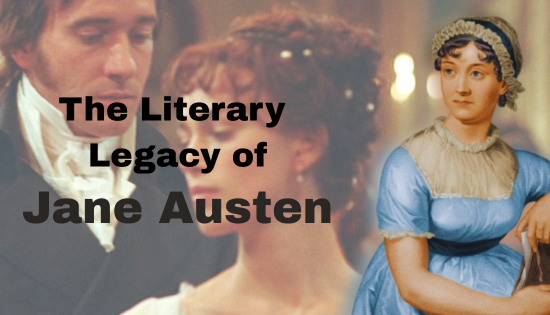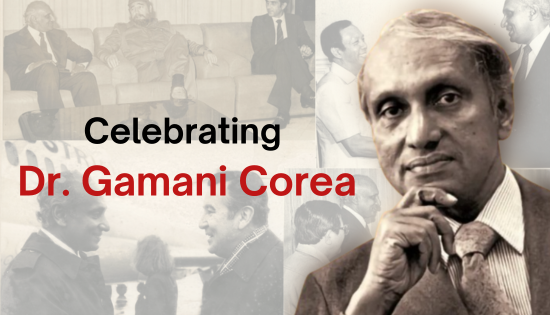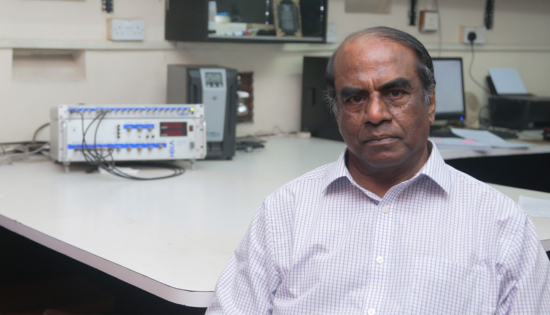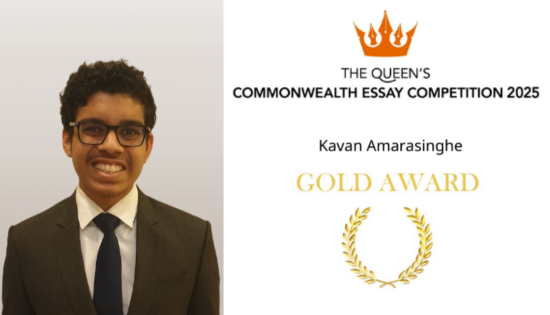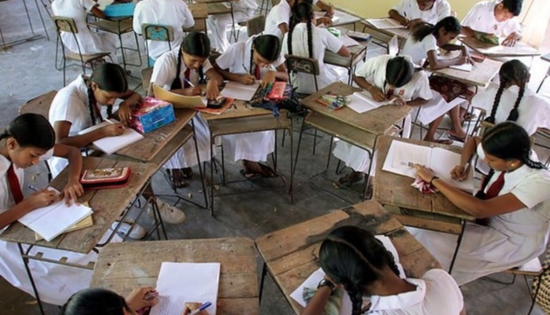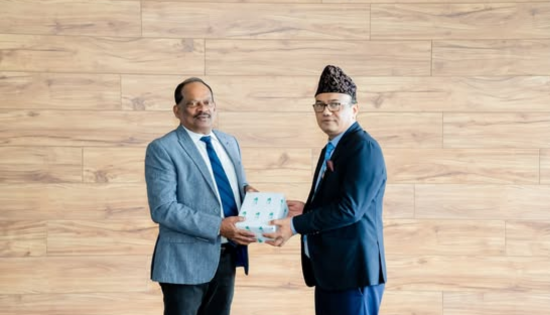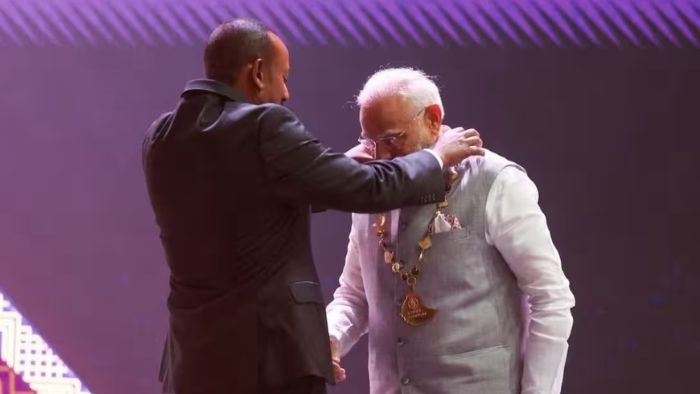Celebrating the 77th Sri Lankan Independence Day: A Journey of Struggle and Triumph
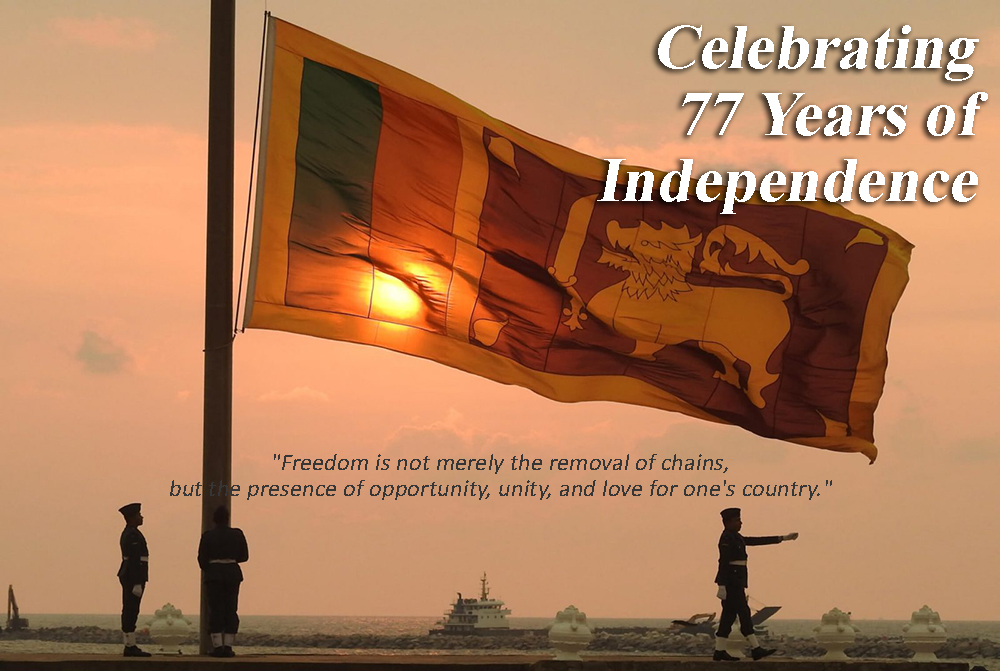
On the 4th of February, Sri Lanka, an island nation known for its rich cultural heritage, stunning landscapes, and warm hearted people, celebrates its Independence Day. In 2025, Sri Lanka marks the 77th anniversary of its political independence from British colonial rule, a momentous occasion that holds great significance in the hearts of all Sri Lankans. The day is not just a public holiday, but a time to reflect on the sacrifices made by countless individuals who fought for freedom, the resilience of the people, and the country’s journey from colonial rule to self-governance.
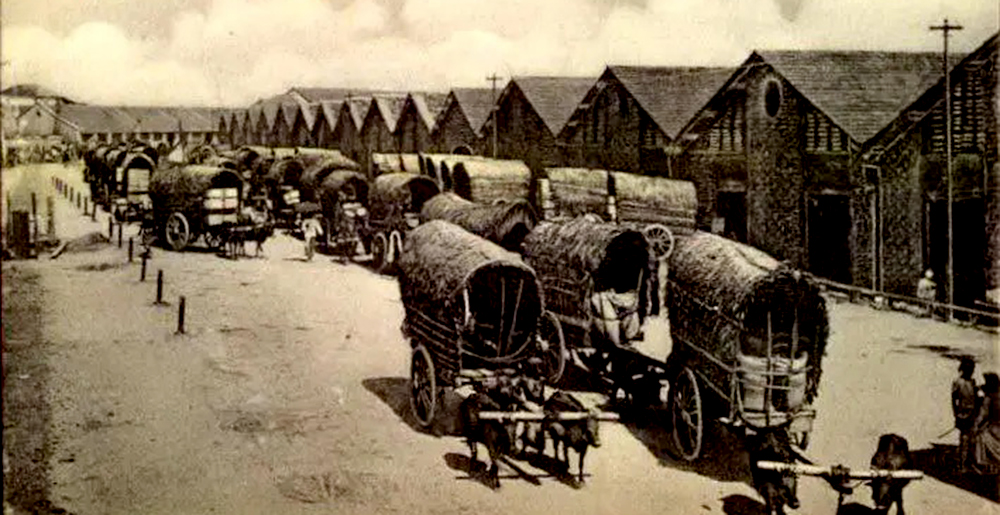
The Journey Before 1948
Before Sri Lanka became an independent nation on February 4, 1948, it was under British colonial rule for over 140 years, from 1815 to 1948. The British initially established control over the coastal areas of Sri Lanka in the 18th century, and by 1815, they had taken full control of the entire island. During this period, the British implemented various systems that shaped the island’s political, economic, and social landscape. They introduced tea, coffee, and rubber plantations, while exploiting the island’s natural resources and labor force. However, the British rule was not without resistance from the local population.

The Struggle for Independence
Sri Lankans had long yearned for freedom and self-rule, and their struggle for independence intensified in the early 20th century. The first notable attempt came with the formation of the Ceylon National Congress (CNC) in 1919. The CNC was created to demand reforms and greater autonomy from the British, with leaders like D.S. Senanayake, F.R. Senanayake, and E.W. Perera advocating for constitutional changes.

The push for independence gained significant momentum with the rise of nationalist movements during the 1930s and 1940s. In 1931, the British granted Ceylon (Sri Lanka’s name during colonial times) a new constitution, allowing the country to have a limited form of self-governance. However, full political independence remained elusive.
Key Figures in the Struggle for Independence
Several key individuals played a pivotal role in Sri Lanka’s fight for freedom. Some of the most significant figures include:

- Don Stephen Senanayake (D.S. Senanayake): Known as the “Father of the Nation,” D.S. Senanayake was instrumental in leading the movement toward self-governance and independence. He became the first Prime Minister of Sri Lanka after independence in 1948.
- Solomon West Ridgeway Dias Bandaranaike (S.W.R.D. Bandaranaike): Another important figure in Sri Lankan politics, Bandaranaike was a prominent advocate for the rights of the Sinhalese people and played a key role in the push for independence.
- J.R. Jayewardene: Though he became president after independence, J.R. Jayewardene was an active participant in the country’s political life during the struggle for freedom. He went on to serve as the country’s first executive president.
- Lady Ceylon: Women, too, played an important role in the independence struggle. Sirimavo Bandaranaike, the first female Prime Minister in the world, would later come into the spotlight as an essential leader, although her role was post-independence.
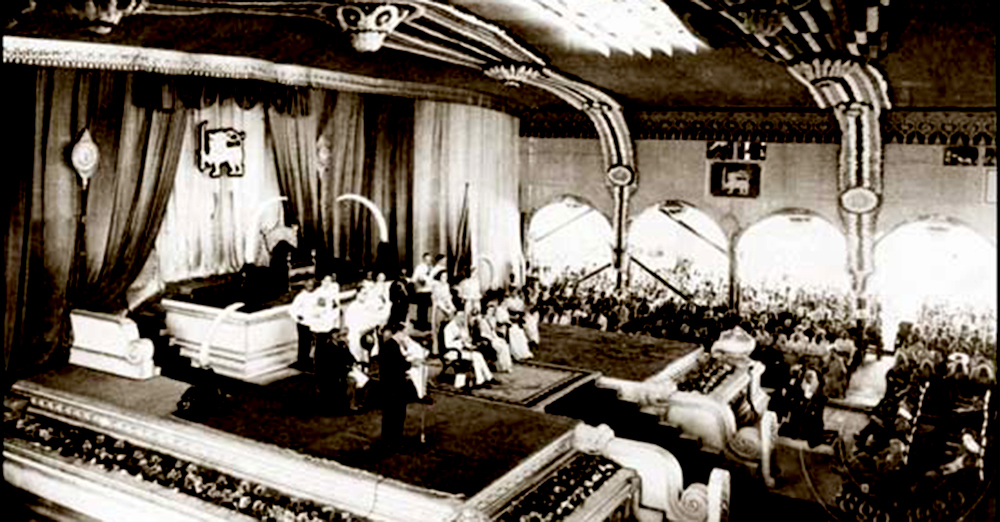
Independence Achieved on February 4, 1948
After years of persistent struggle, the British government agreed to grant Ceylon independence, largely due to the efforts of these leaders and the rising tide of nationalist sentiment among the people. On February 4, 1948, Ceylon officially became an independent nation. The ceremony took place at Galle Face Green, Colombo, and the British flag was lowered, replaced by the newly designed Sri Lankan flag. Lord Soulbury, the last British Governor of Ceylon, handed over power to D.S. Senanayake, the first Prime Minister of independent Sri Lanka.

Independence Day Celebrations in Sri Lanka
Every year, the Sri Lankan government organizes grand Independence Day celebrations to commemorate the historic achievement. These celebrations are held at various locations across the country, but the main event traditionally takes place at the Independence Square in Colombo. Here, the President of Sri Lanka leads the national ceremony, hoisting the Sri Lankan flag while the national anthem is sung, symbolizing unity and pride for the country’s heritage.

Other celebrations occur at local levels, in schools, towns, and villages, where people come together to honor their history. These include flag hoisting ceremonies, parades, and cultural performances showcasing the island’s diverse traditions.
Throughout Sri Lanka, Independence Day celebrations are marked by:
- National and local government offices hosting official events.
- Military parades that display Sri Lanka’s defense forces’ strength and discipline.
- Cultural performances and art exhibitions that highlight Sri Lanka’s rich culture and diversity.
- School programs with students participating in various patriotic activities.

Remembering the Heroes of Independence
It is essential to remember the countless individuals, leaders, and unsung heroes who contributed to the independence struggle. They include:
- The Sinhala and Tamil youth who actively participated in protests and demonstrations.
- The working class who tirelessly fought for better rights and conditions, contributing significantly to the nationalist movements.
- The intellectuals and social reformers who paved the way for a modern, free Ceylon, such as C. W. W. Kannangara and Albert F. Peiris, who advocated for education and equality.

Sri Lanka’s Journey After Independence
After gaining independence, Sri Lanka embarked on its journey as a sovereign nation. The country has faced its share of challenges, including political instability, ethnic tensions, and a prolonged civil conflict, but it has emerged as a resilient and vibrant democracy. Over the years, Sri Lanka has made significant progress in various fields such as education, health, and infrastructure.
A Day of Pride and Reflection
The 77th Sri Lankan Independence Day, observed on February 4, 2025, is a day of immense pride for the people of Sri Lanka. It is a day to remember the struggles, the sacrifices, and the heroes who fought for the nation’s freedom. This day marks not just the independence of a country, but the birth of a new chapter in Sri Lanka’s history a chapter filled with hope, resilience, and a deep love for the land and its people.

As we reflect on the hard-won freedom of our beloved island, let us honor the legacy of those who paved the way for a free Sri Lanka. May their courage and vision continue to inspire future generations.
Happy 77th Independence Day to all Sri Lankans from Eduwire and Newswire!
“Freedom is not merely the removal of chains, but the presence of opportunity, unity, and love for one’s country.”
Related News
Step Into Your Global Career: Australasian Academy Open Day on 20th December 2025
For students completing O/Ls and A/Ls, that opportunity comes on Saturday, 20th December 2025, when Australasian Academy opens its doors for an…
Read MoreCelebrating 250 Years of Jane Austen
Jane Austen's wit, romance and sharp social satire have shaped the world of literature for generations and the celebration of her 250th…
Read MoreSchools instructed to cancel third-term exams for Grades 6 –10
The Ministry of Education has announced that term examinations will not be held for Grades 6 to 10 during the third school…
Read MoreSubject Content Released for Pending Sections of 2025 GCE Advanced Level Examination
The Ministry of Education has made available the subject content for sections of the 2025 GCE Advanced Level (A/L) Examination that are…
Read MoreNSBM Green University Hosts Nepalese Ambassador to Strengthen Higher Education Ties
NSBM Green University welcomed His Excellency Dr. Purna Bahadur Nepali, Ambassador of Nepal to Sri Lanka, for a cordial and meaningful visit…
Read MoreCourses
-

MBA in Project Management & Artificial Intelligence – Oxford College of Business
In an era defined by rapid technological change, organizations increasingly demand leaders who not only understand traditional project management, but can also… -
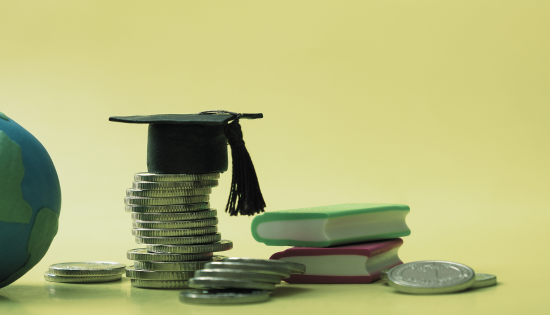
Scholarships for 2025 Postgraduate Diploma in Education for SLEAS and SLTES Officers
The Ministry of Education, Higher Education and Vocational Education has announced the granting of full scholarships for the one-year weekend Postgraduate Diploma… -
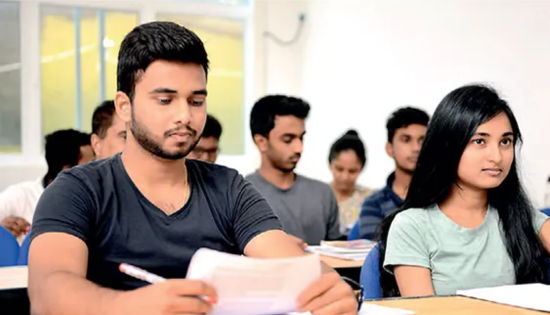
Shape Your Future with a BSc in Business Management (HRM) at Horizon Campus
Human Resource Management is more than a career. It’s about growing people, building organizational culture, and leading with purpose. Every impactful journey… -
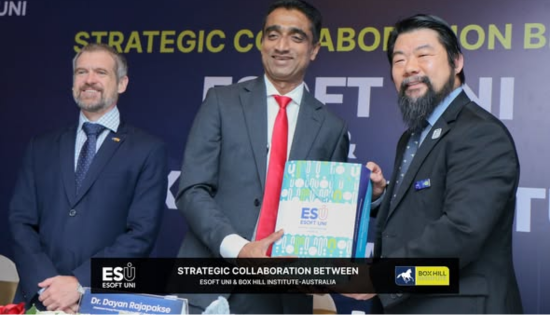
ESOFT UNI Signs MoU with Box Gill Institute, Australia
ESOFt UNI recently hosted a formal Memorandum of Understanding (MoU) signing ceremony with Box Hill Institute, Australia, signaling a significant step in… -

Ace Your University Interview in Sri Lanka: A Guide with Examples
Getting into a Sri Lankan sate or non-state university is not just about the scores. For some universities' programmes, your personality, communication… -

MCW Global Young Leaders Fellowship 2026
MCW Global (Miracle Corners of the World) runs a Young Leaders Fellowship, a year-long leadership program for young people (18–26) around the… -
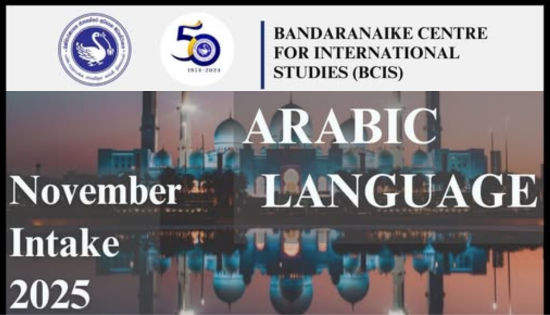
Enhance Your Arabic Skills with the Intermediate Language Course at BCIS
BCIS invites learners to join its Intermediate Arabic Language Course this November and further develop both linguistic skills and cultural understanding. Designed… -

Achieve Your American Dream : NCHS Spring Intake Webinar
NCHS is paving the way for Sri Lankan students to achieve their American Dream. As Sri Lanka’s leading pathway provider to the… -
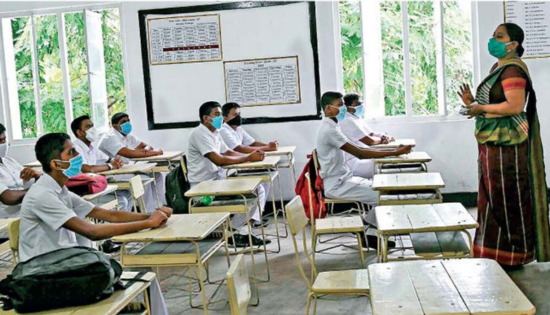
National Diploma in Teaching course : Notice
A Gazette notice has been released recently, concerning the enrollment of aspiring teachers into National Colleges of Education for the three-year pre-service… -
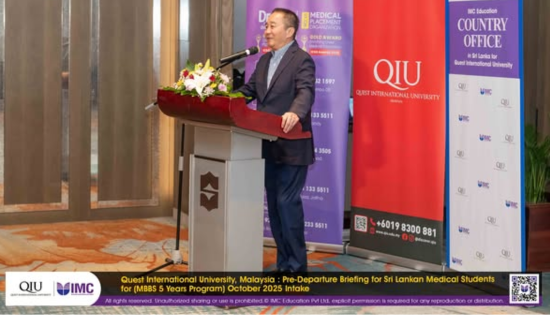
IMC Education Features Largest Student Recruitment for QIU’s October 2025 Intake
Quest International University (QIU), Malaysia recently hosted a pre-departure briefing and high tea at the Shangri-La Hotel in Colombo for its incoming… -
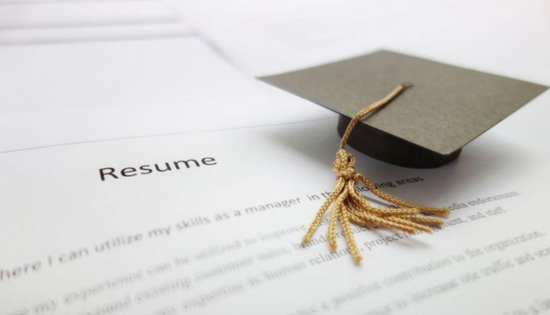
Global University Employability Ranking according to Times Higher Education
Attending college or university offers more than just career preparation, though selecting the right school and program can significantly enhance your job… -

Diploma in Occupational Safety & Health (DOSH) – CIPM
The Chartered Institute of Personnel Management (CIPM) is proud to announce the launch of its Diploma in Occupational Safety & Health (DOSH),… -
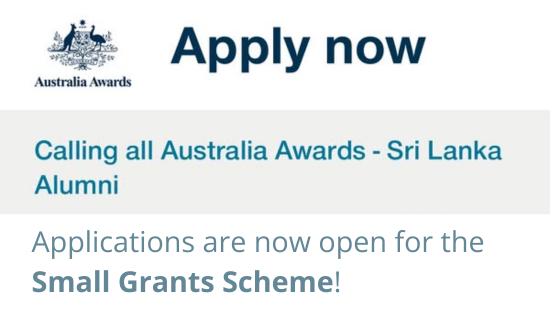
Small Grant Scheme for Australia Awards Alumni Sri Lanka
Australia Awards alumni are warmly invited to apply for a grant up to AUD 5,000 to support an innovative project that aim… -
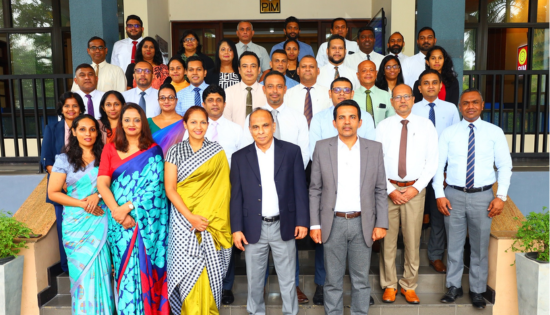
PIM Launches Special Programme for Newly Promoted SriLankan Airlines Managers
The Postgraduate Institute of Management (PIM) has launched a dedicated Newly Promoted Manager Programme designed to strengthen the leadership and management capabilities… -
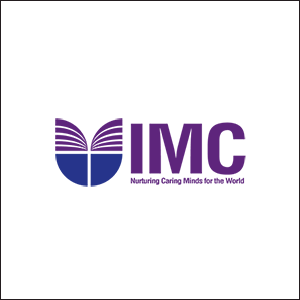
IMC – Bachelor of Psychology
IMC Education Overview IMC Campus in partnership with Lincoln University College (LUC) Malaysia offers Bachelor of Psychology Degree right here in Sri…
Newswire
-
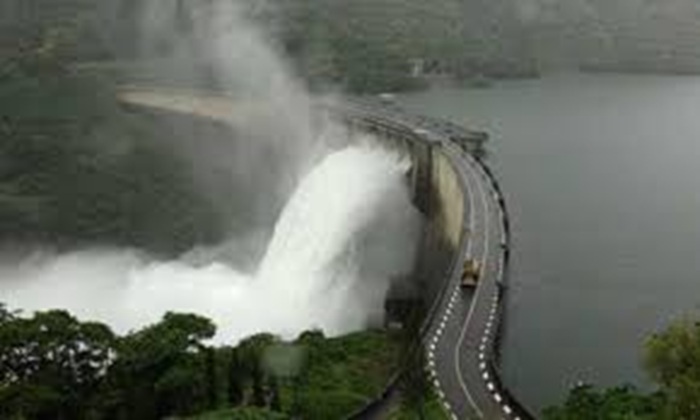
Sluice gates at three major reservoirs opened today
ON: December 18, 2025 -
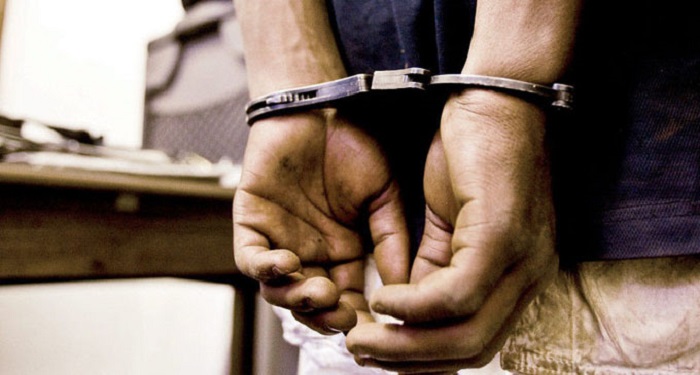
Rs. 330M illegal cigarette haul seized in Wellampitiya raid
ON: December 18, 2025 -
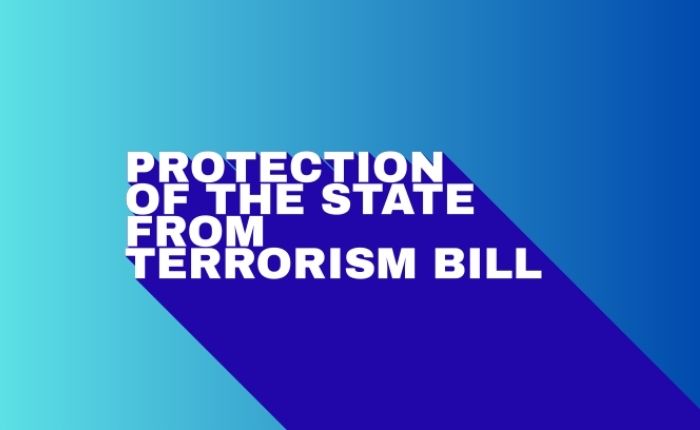
CPA calls for more time, public engagement on draft Anti-Terrorism Bill
ON: December 18, 2025 -
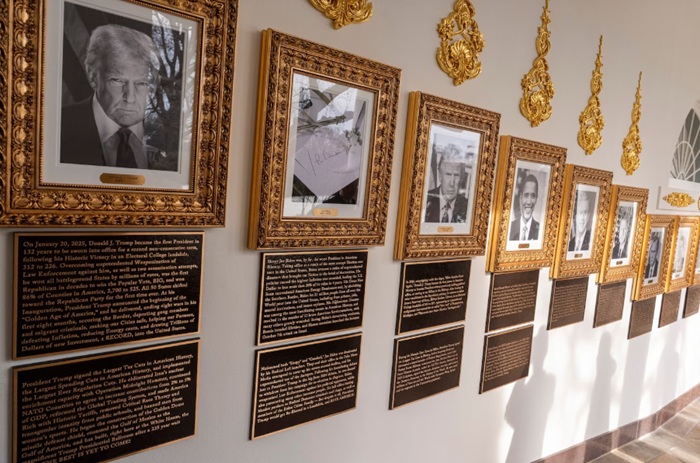
Trump hangs plaques mocking Biden, Obama along White House Colonnade
ON: December 18, 2025

